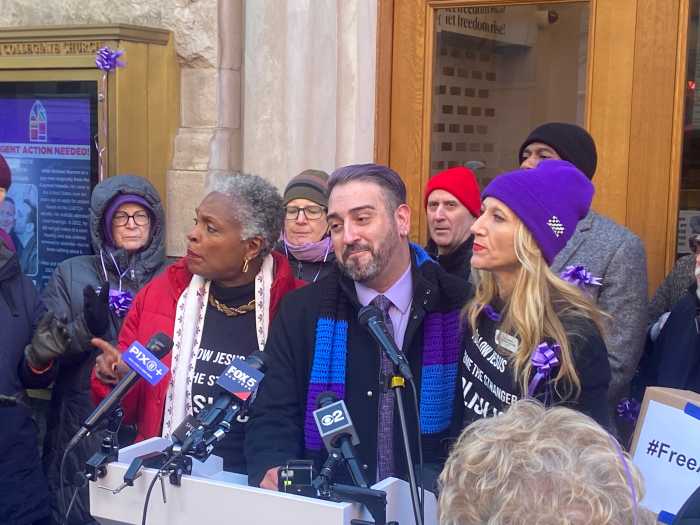Most people agree that bird droppings are an eyesore but they would be horrified to find out just how accurate the headline is.
Ocular histoplasmosis, a fungal infection that eats away at the eyeball is just one of over sixty diseases that birds can transfer to humans. Their droppings are often the vehicle for transmission as they dry out, turn to dust, become airborne, and are absorbed by the mucus membranes of unknowing victims.
Stories exposing the reluctance of city officials to address the issue of bird droppings often focus on the aesthetics of the issue. People note the terrible smell of accumulated waste. Casual observers recognize that the appearance of bird droppings lowers the perceived value of a property.
Directly after last summer’s collapse of the Minnesota Bridge, readers heard about the structural damage that droppings and their acidic nature can cause. Still, beyond avian flu and West Nile virus, diseases from birds are often glossed over.
This leads people to believe that the issue of bird infestations, and the subsequent droppings they leave behind, can be safely kept on the backburner. City officials realize this and feel free to ignore the problem in exchange for other items that garner more publicity.
If people realized that droppings are a carrier for potentially fatal illnesses like salmonella, E.coli, respiratory histoplasmosis (which can permanently affect the lungs), Cryptococcosis, or meningitis to name a few, they would have more ammunition when demanding the control of birds and their waste. This is not just a matter of image but of public health.
While some of these diseases are unfamiliar and rare, they are a real concern - especially for individuals who work in close proximity to an accumulation of bird feces. Any of the aforementioned diseases leave young children, the elderly, and those with compromised immune systems, especially vulnerable.
Bird-related diseases are in no way limited to only this specific segment of the population; the general population also needs and deserves to be protected. Realizing this, the CDC published the following safeguards for dealing with histoplasmosis:
“Areas known or suspected of being contaminated by H. capsulatum, such as bird roosts, attics, or even entire buildings that contain accumulations of bat or bird manure, should be posted with signs warning of the health risk. … In some situations, a fence may be needed to be built around a property or locks put on attic doors to prevent unsuspecting or unprotected individuals from entering.”
The most frustrating aspect of unresolved bird infestations is that there are so many available solutions. Strategies include visual scares (like balloons with holographic eyes that follow birds wherever they fly), physical barriers (spikes or netting), taste deterrents, sonic machines (that convince birds an area is unsafe using distress call recordings), etc. Often, those in charge of a bird control program will not look into the long-term viability of a plan. They become discouraged by the fact that, when using just one method, birds become accustomed to it and return.
It is important to consider the idea of synergy when organizing a long-term approach. When two or more strategies are used together, success rates are much higher than each garners individually. This is especially important to remember when dealing with an environment that rewards the birds - like people who feed them.
The New York Transit Authority was just recently ordered to pay over $6 million to a man who suffered serious injuries after slipping on bird droppings and falling on a flight of subway stairs in the Bronx. A teacher won $1.2 million in a settlement with a Florida school district after contracting Cryptococcosis from accumulated droppings (South Florida Sentinel, March 29, 2001). It is clear that everyone benefits from a timely response to a bird infestation.
The public certainly does not want their neighbors to suffer serious injuries or illness and those in positions of power do not want to pay large amounts of money in the event that they are held responsible for such events.
While pigeons have become a part of most urban landscapes, we can use what we have learned over the years to direct the populations to areas where they will have less human interaction and, therefore, be less of a risk.
Elana Moriarty is a media correspondent for Bird-X, Inc. - the experts in “green” bird pest control for over 40 years. Visit www.bird-x.com or call 800-662-5021 for more information.




































